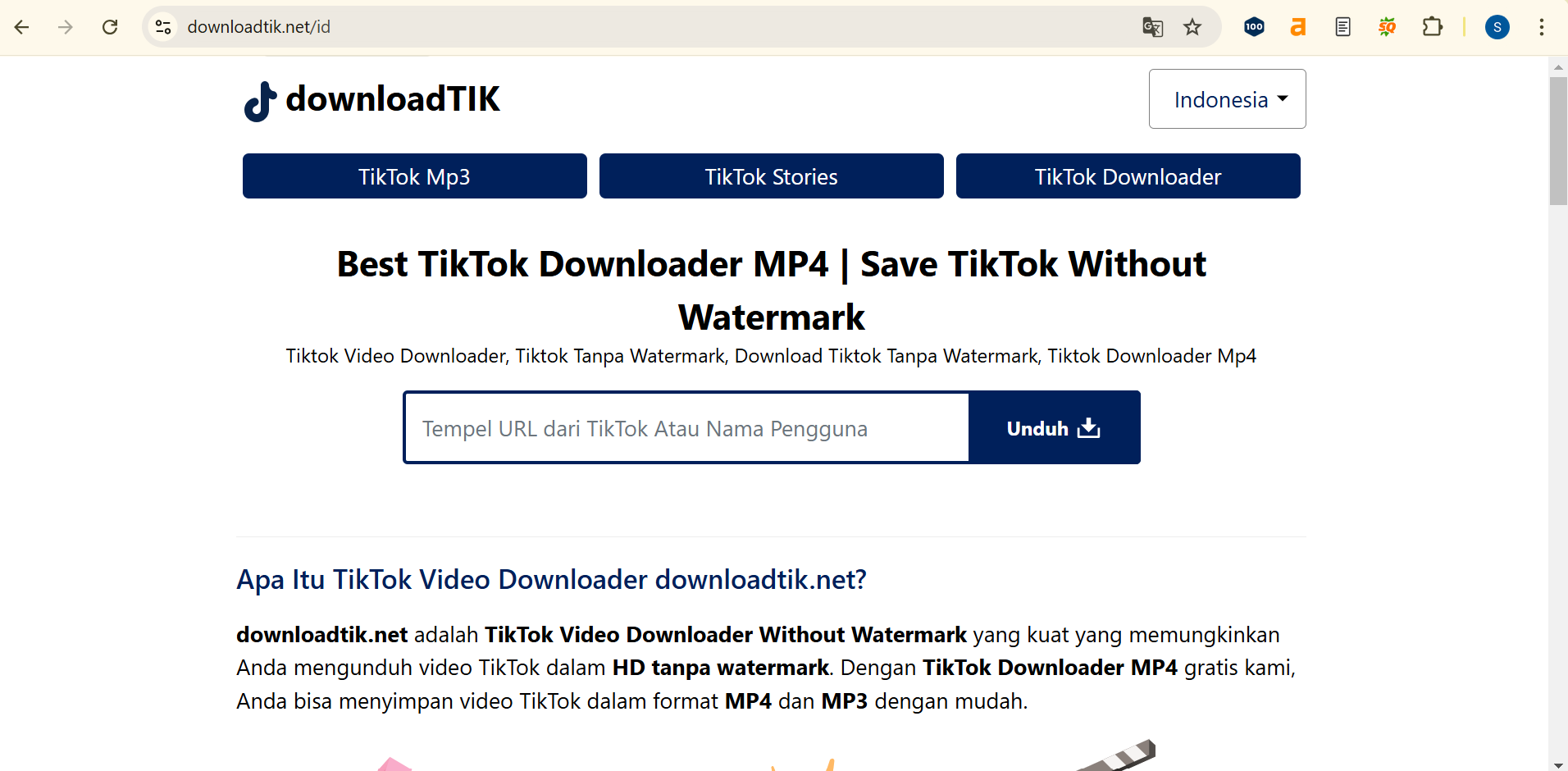Python is characterized by its creators as the object-oriented high-level language of an interpreted dynamic nature. Due to built-in data structures, dynamic typing, and dynamic binding, Python is a good choice for Quick Application Development and serves as a scripting language or connecting language to existing components. Python is a programming language that fits well in the web as well as in the development of graphical user interfaces for applications. This versatility is one of the reasons why Python is commonly now one of the fastest-growing languages in the world.
Python has been noted as suitable for developing data science applications very quickly. Usually, these applications take a few hours to code. Python is the first programming language chosen because it is the most popular language.
What are some of the practices for building Data-driven Apps?
Developing applications with Python is easy as it is fast. Using the best language in terms of visualization and analysis grade helps build deep models in machine learning. Perhaps, we should discover several helpful pieces of advice regarding the creation of data-oriented applications. Following are some techniques for using Python to develop applications:
Data quality assurance: When you are ready to make an app with the aid of Python, you have to decide on the nature of the application you want to develop. Thus, as a prerequisite to developing applications with Python, it is necessary to accomplish data cleaning and preprocessing for data quality checks. Data verification tasks include:
- Testing data for the absence of gaps.
- Rationalizing untidy data.
- Making features of the same type in different datasets.
User Interface Design: After assuring the quality of data for your data science application, creating a user-friendly graphical user interface is challenging while developing an app with Python. A UI design can be achieved by graphical representations for data comprehension, and an easy-to-use navigation bar. One of the benefits of designing an interactive user interface is that users will find value in the data science application and will continue to use it.
Testing & Debugging: Next is probably a good time to do proper testing & debugging of the Python web app before shipping. The reason is that when adopting the scrum approach to create an application for data science, it is crucial to manually check the web app and ensure that the whole component functions appropriately. To achieve efficacy in the project, the buyer must outsource the Python development services or go for the custom application development services.
Deployment & Maintenance: After taking the steps above, one should consider the further support and custody of their app. Host applications are developed on Python using interactive hosting platforms. The specific best practice for host services and deployment procedures is always to hire talented Python developers.
Security Considerations: The next crucial point to mention while considering creating data-driven applications with the help of Python is the security question. Companies generate large volumes of valuable data, which must be protected in any way possible. Some of the features to include when developing an app include quality security to prevent hackers from accessing your important information.
How does Python utilize Data Science for Data Analysis and Visualization?
Today, the two critical processes in Data Science are data analysis and data visualization. There are so many libraries in Python that help handle, analyze, and even visualize data. Below are some of the most used libraries from the Python set in data analysis and data visualization.
- Analyzing Data Sets: Whenever data is analyzed the evaluation of datasets forms part of the process to be carried out. Python has the in-built library for managing, analyzing and displaying the data. It is most useful with tabular form data which can be data in a spreadsheet or data stored in a database. They afford proper data pre-processing and excellent data representation.
- Cleaning and preprocessing of data: Data cleaning and preprocessing can be counted as some of the most significant steps in the data analysis process. The Pandas library in python provides easy data cleaning and preprocessing techniques which includes some of them like Duplicate removal, Missing Value handling, etc. Another area is data manipulation, for instance, pivoting, merging data, reshaping which are also best handled in pandas.
- Data preparation and handling: Data processing and handling are important activities in data scrutiny. The NumPy is a library in Python for the operations for accessing, reprogramming, building and changing the dimensions of arrays. When using Pandas in Python, there are functions of bending or transforming data.
- Creating reports with statistical information: The technical computing language in mathematics for Python has statistical analysis tools which can be found in the SciPy library. As for the various types of libraries in Python as we have seen they provide many approaches to data visualization, Line graphs, scatter plot, Bar graphs, Histograms etc.
- Graphical Representations: High-level graphical representations are mandatory in data visualization today. Plotly, a library of Python, offers functions for building interactive plots, including scatter and line images as well as bar images. Plotly is especially useful for creating web-based plots that one would like to share with other people.
Why do we need Python for Data Analysis?
- Flexible
If you want to do something that no one has ever done before and want to be more creative than usual, then Python is best suited for you. It is on the right wave for developers who may wish to script their applications or websites.
- Easy to Learn
Python’s primary programming features, such as S, R, and simplicity, make it an easy-to-understand and learn hierarchical structure. Because it is easy for the computer and easy to learn, Python is a language suitable for beginners. One of Python’s strengths for programmers is having less code to write than one must write in previous programming languages.
- Open Source
As with many modern web applications, Python is an open-source programming language that is free and is supported by a community. In its current version, Python was developed with the operating systems Windows and Linux in mind.
- Well-Supported
In academic and industrial contexts such as Python is preferred by many so many other interesting analytics libraries are available. Python users can go to stack overflow site, Python Mailing list, and Python wikis and the other data gotten from other users.
Sum up
Some of the functions and uses of Python include task performance, data analysis, data visualization and; deep learning. It has a vast library for data analysts to solve various issues and problems. Python is perfect for developing applications. It is possible to develop smooth applications with no interference when the right libraries and frameworks are used. Hiring a Python app development company is another option for you if you already have well-developed knowledge about constructing a data-driven app.



